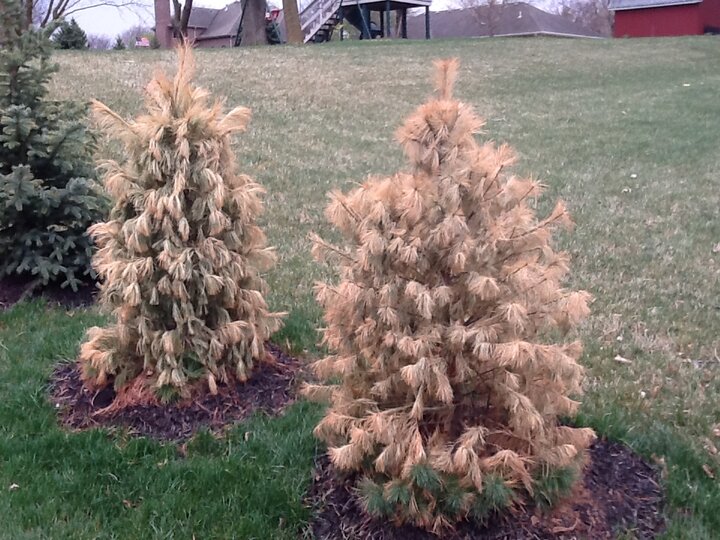Fall and Winter Watering
It is at this time of the year that I get questions asking if people should still be watering their plants or hear people say they just don’t need to water plants again until spring. However, it is very important to keep watering plants to ensure they go into the winter with a full reservoir of water in the soil to keep them alive and healthy through the winter.
Fall Watering
The southeast portion of Nebraska is in the abnormally dry or moderate drought levels from the drought monitor. The drought monitor is determined by the USDA, NOAA and UNL to compare our current moisture levels to average moisture levels. You can follow it at https://droughtmonitor.unl.edu As we move into moderate drought, pasture and crop growth could be stunted and surface water levels begin to decline. This makes fall and winter watering extremely important, plants still need irrigation while they are dormant. If plants are ignored through drought conditions, it may seem that they are fine for a while but the dieback from drought stress can show up three to five years later. Also, drought stress can cause more damage from borers, canker disease, verticillium wilt, and other problems. Healthy plants can fight off pests better than stressed plants.
All plants will benefit from fall watering but make newly planted trees and shrubs and evergreens the priority. Use a soaker hose to ensure that the soil is wet down to 8-12 inches deep surrounding these plants and at least out to the dripline of those trees. Mulch can also help keep moisture near the plants, the goal is to keep the soil moist, not soggy or dry.
Winter Watering
Winter watering is essential in dry years. Winter desiccation commonly occurs on evergreen trees and shrubs. All trees are still transpiring, or losing water, throughout the winter months, however, evergreen trees are transpiring at a higher rate than deciduous trees. Winter desiccation occurs when the amount of water lost is greater than the amount of water the evergreen takes in throughout the winter months. The damage from winter desiccation is brown needles on the ends of branches. However, the damage from winter desiccation does not usually show up in our trees until early spring. Drought can damage deciduous trees as well.
Ensure adequate watering throughout the entire growing season for all trees and shrubs, especially those recently planted. Water throughout the winter when the ground is not frozen, when necessary. Winter watering should occur during the day on days when the temperature is at least 40-45 degrees Fahrenheit and is only necessary 1-2 times per month until spring. It is a good idea to test for soil moisture with a long screwdriver or soil probe prior to watering to determine if watering is necessary. If the screwdriver goes into the soil easily, watering is not necessary. However, if pushing the screwdriver into the soil is very difficult, plants should be watered.

Anti-Desiccant Sprays
Anti-desiccant sprays, or anti-transpirants, help to reduce transpiration water loss from foliage. This can be especially helpful for evergreen trees during the winter months. Most of these products are an emulsion of wax, latex, or plastic to put a thin film on the foliage and reduce water loss. Plants such as arborvitae, pines, boxwoods, and others can benefit from using an anti-desiccant spray to protect them through the winter months. Anti-desiccants should be applied after late November, once they have completely hardened off. Do not apply these products too early in the year. They can be reapplied through the winter months or until mid to late February. Always read and follow the label for how to apply and how often to reapply.
This information came from the HortUpdate from UNL Extension.
This article was reviewed by John Fech